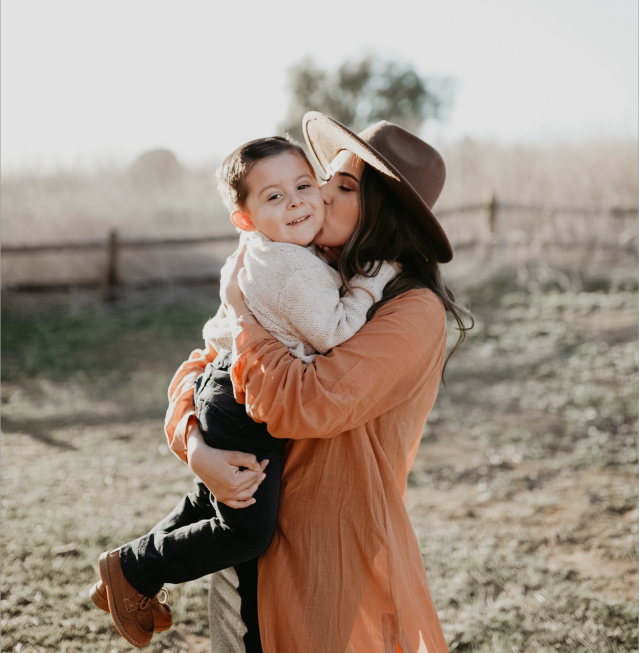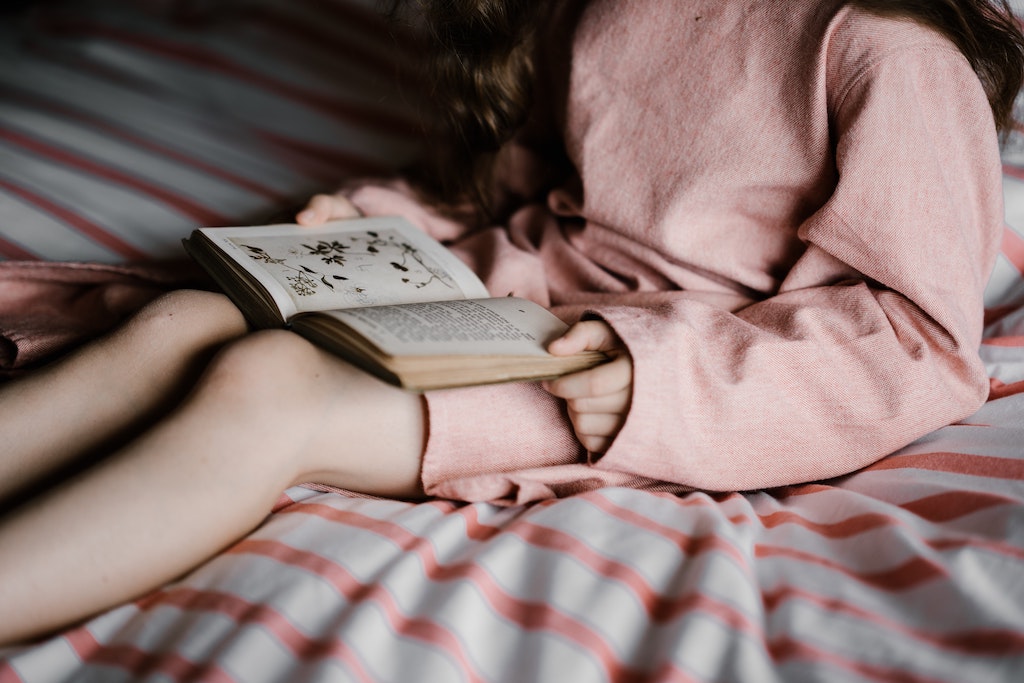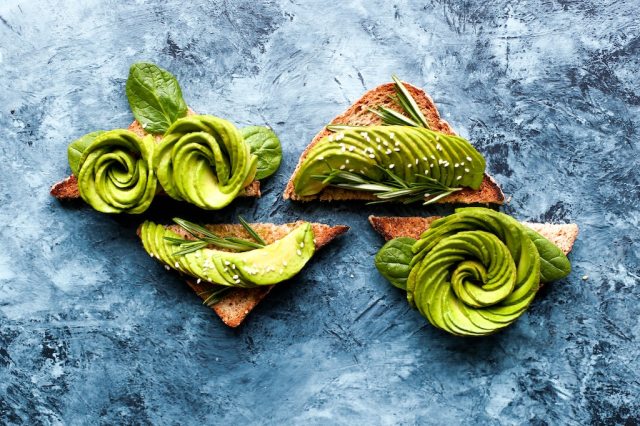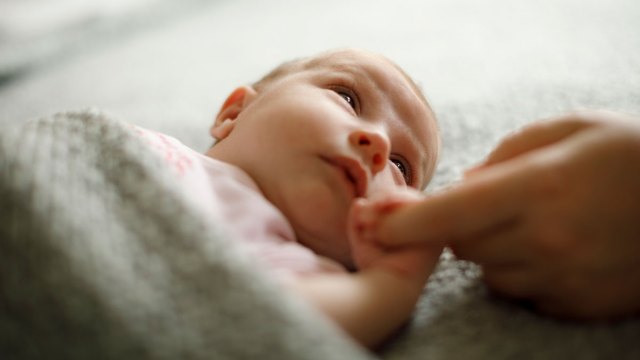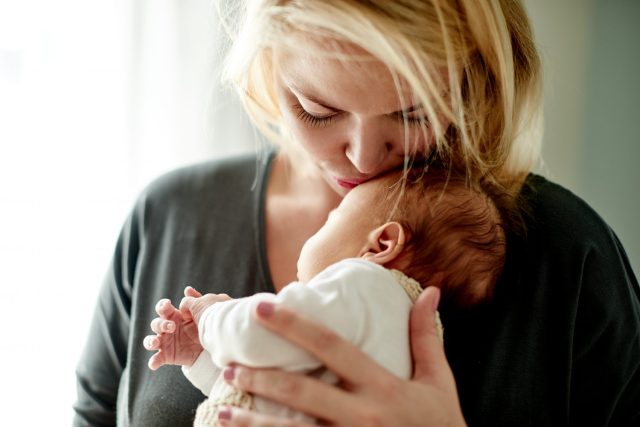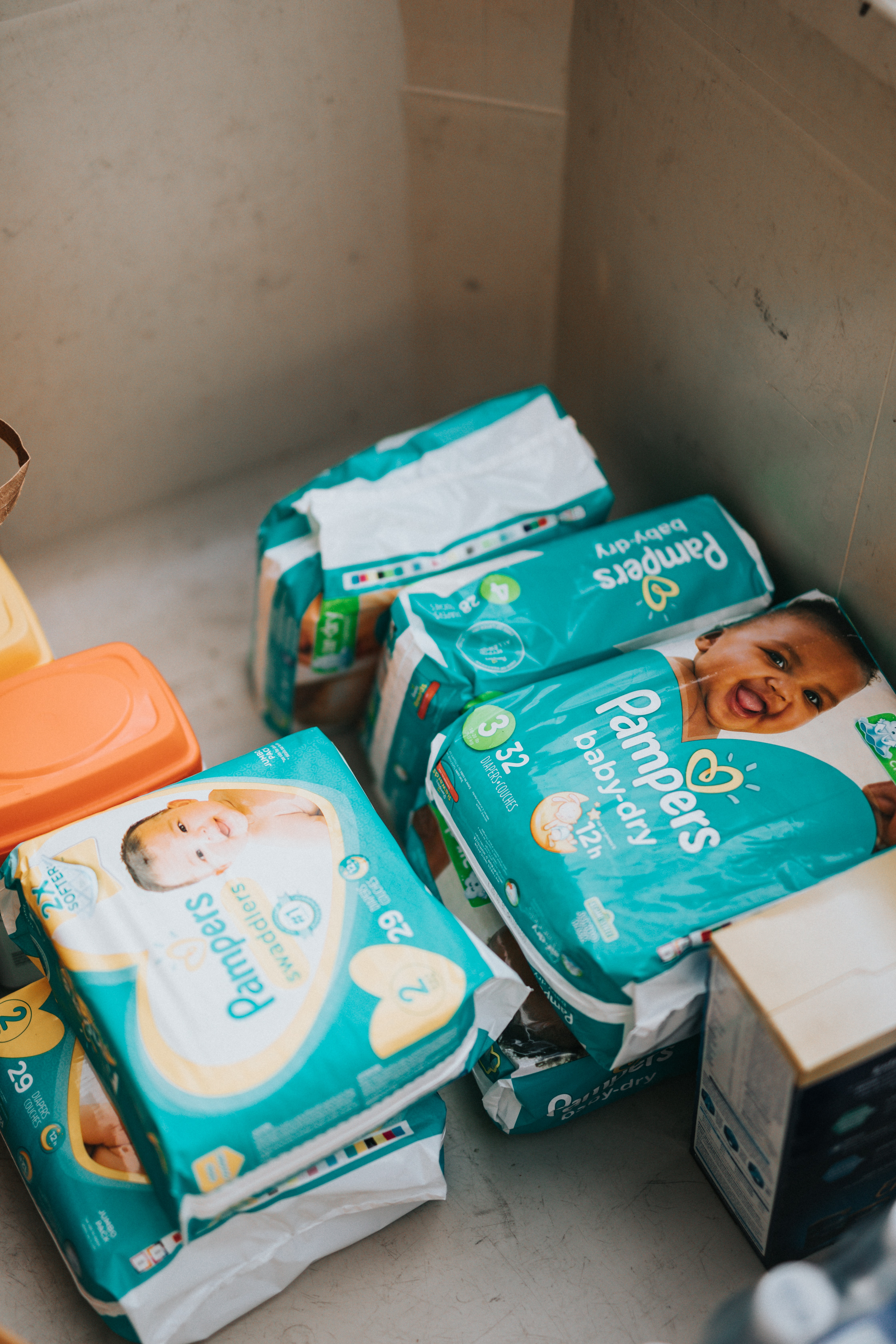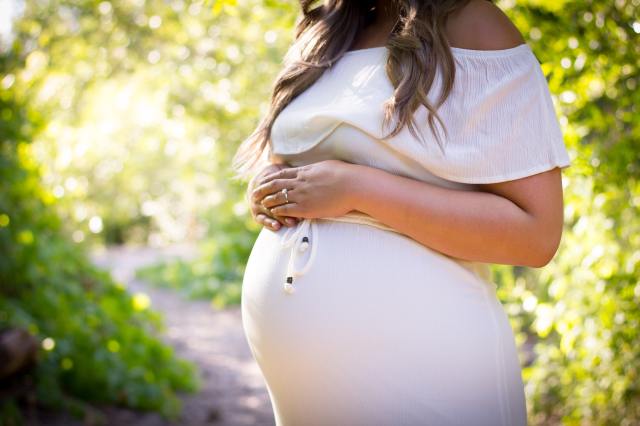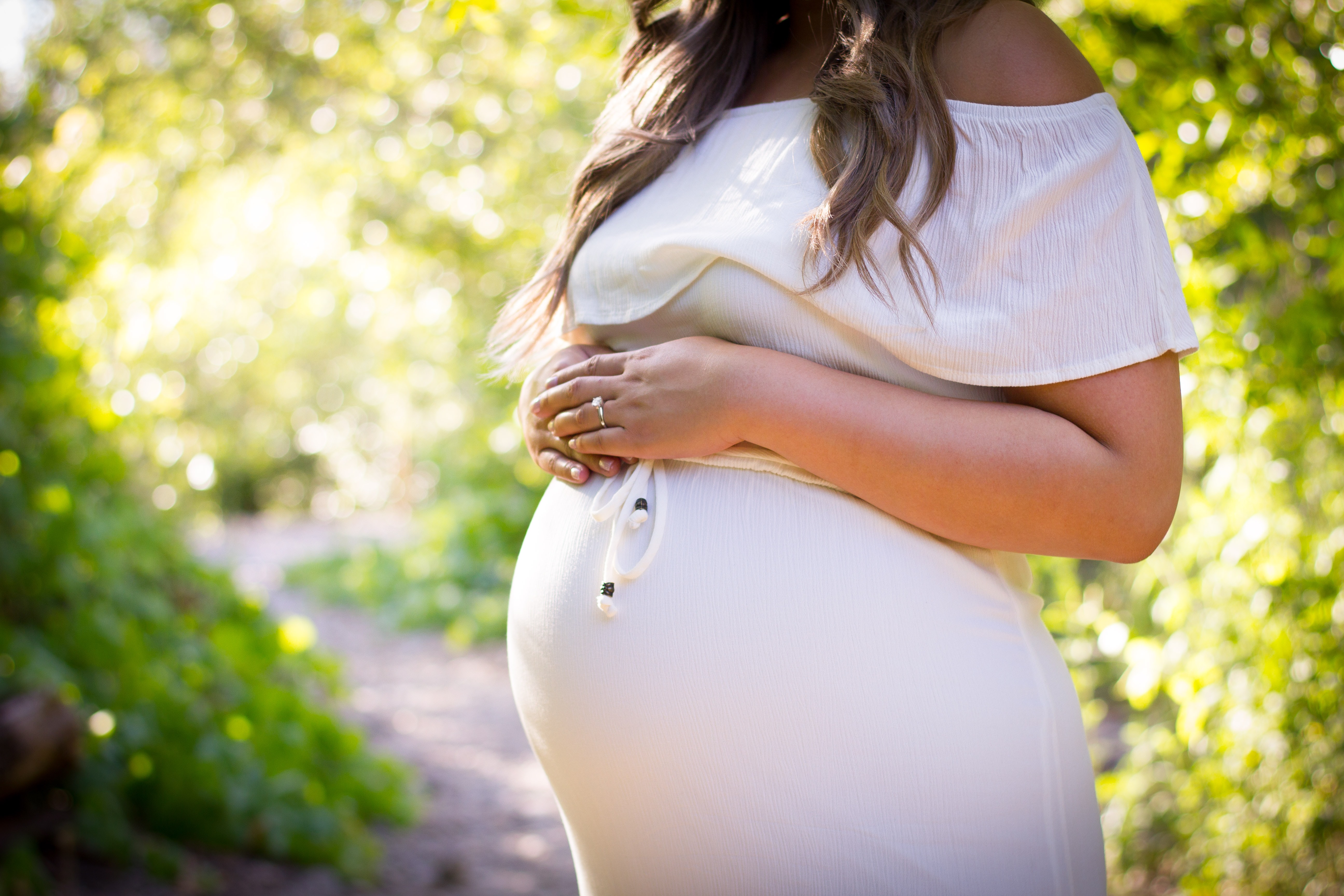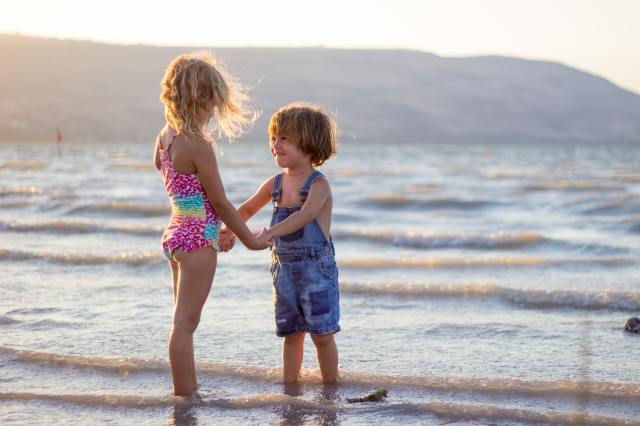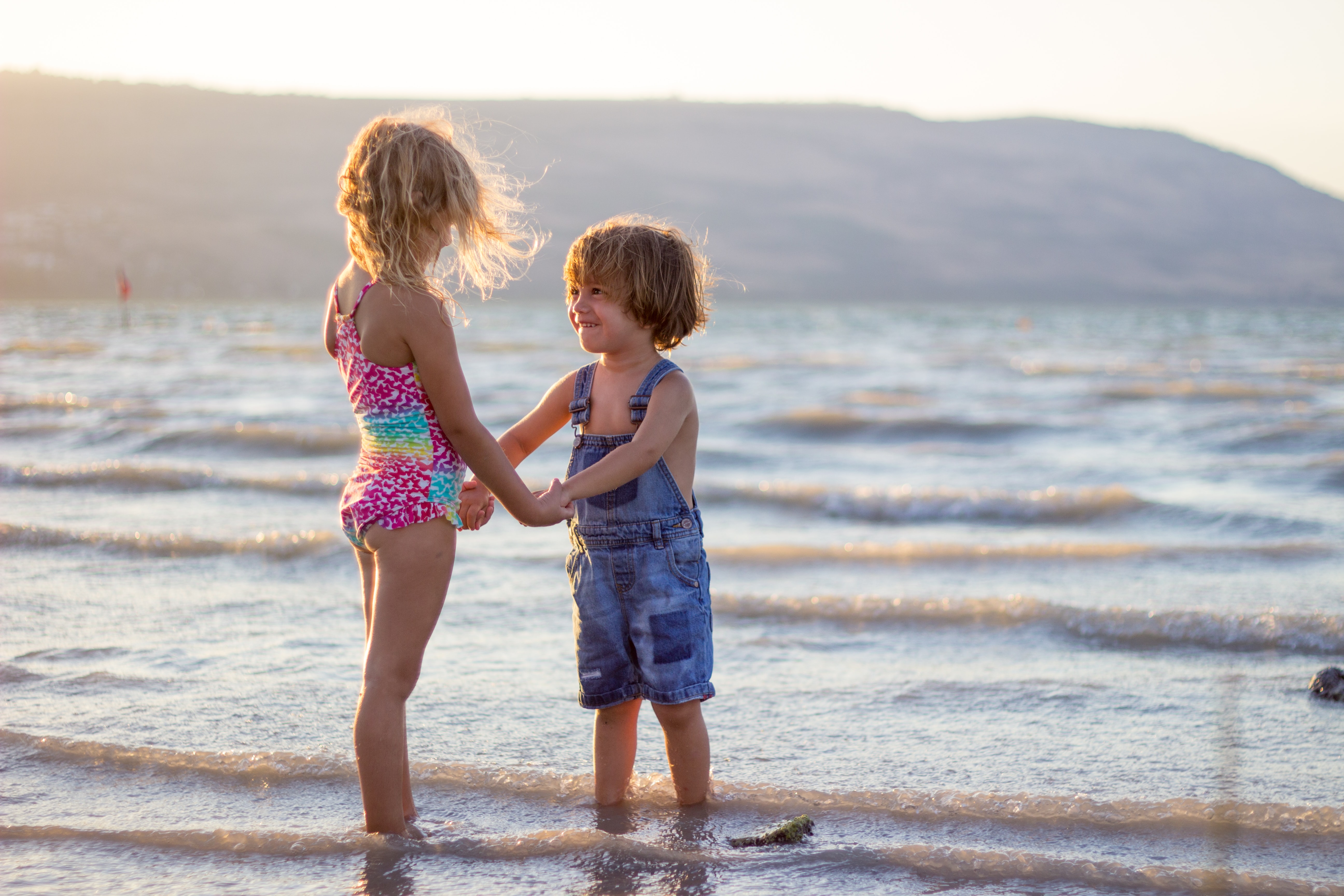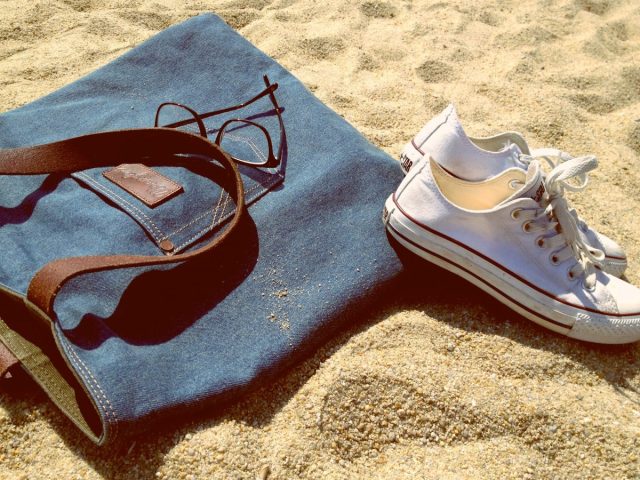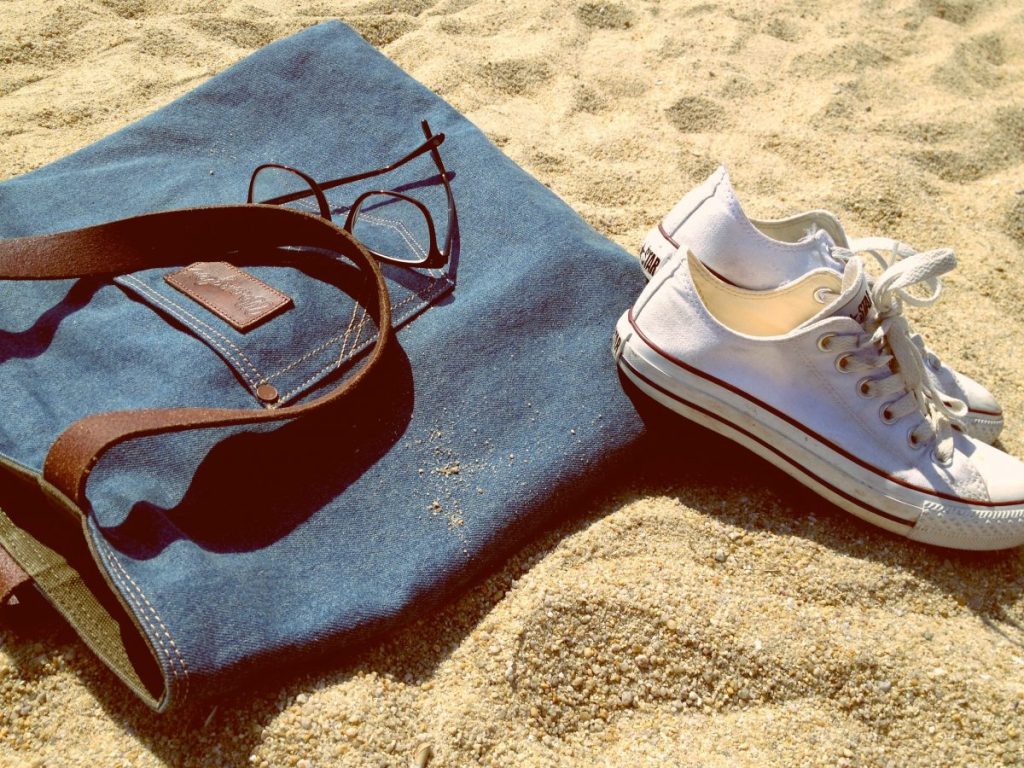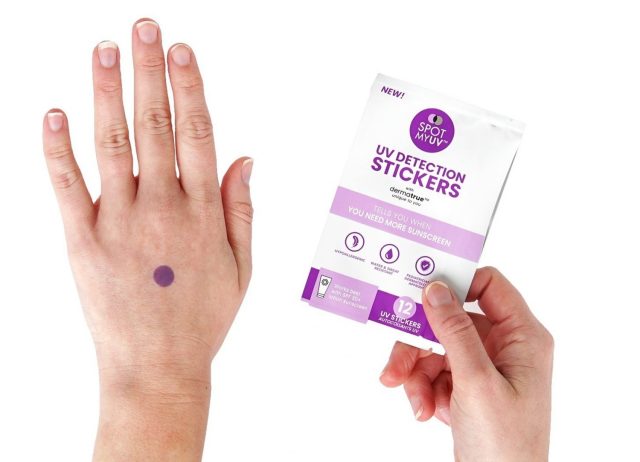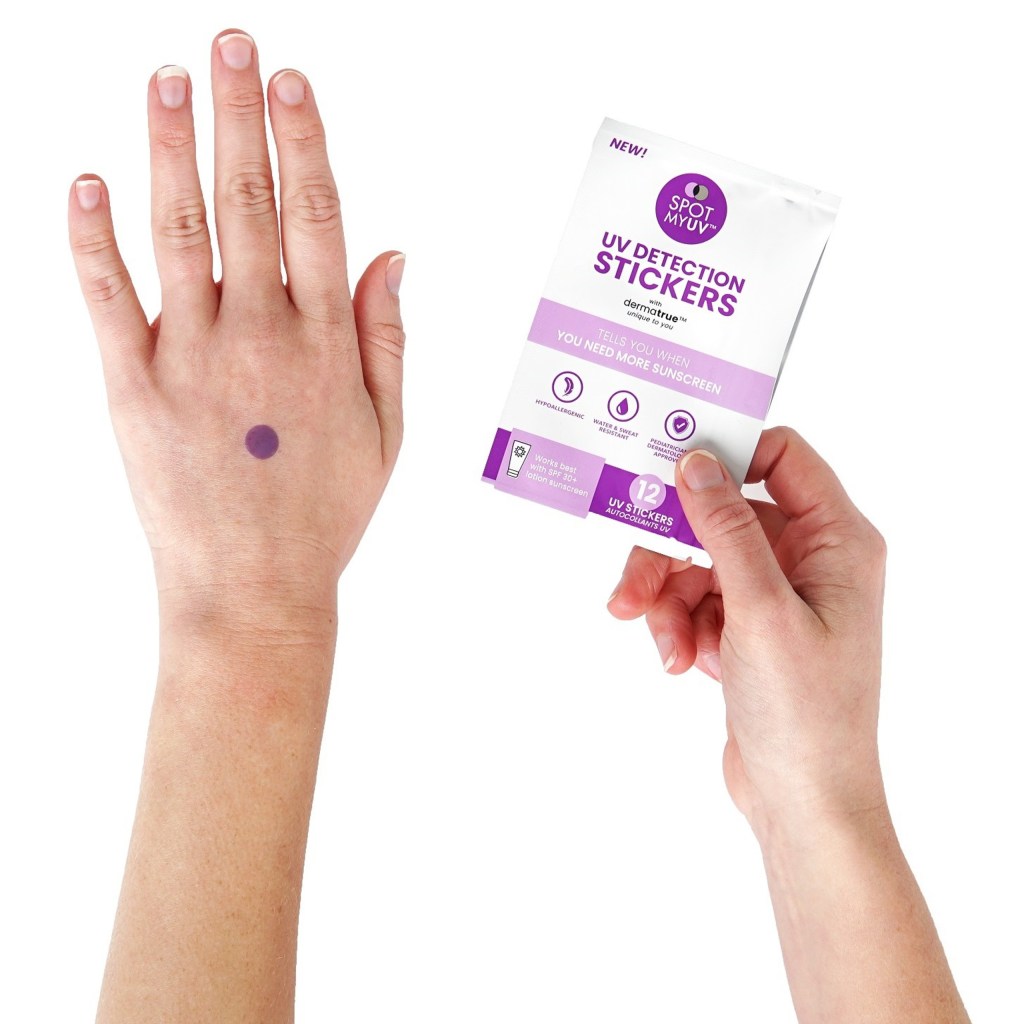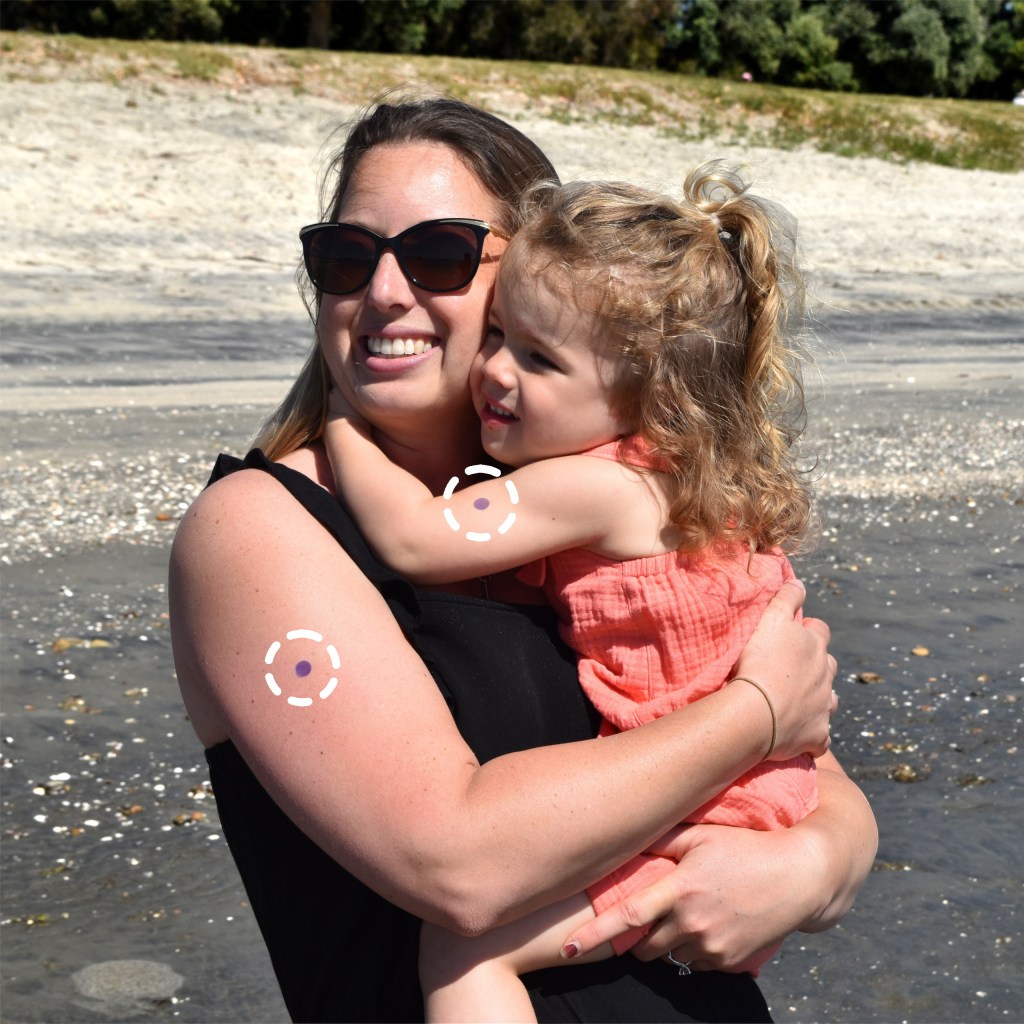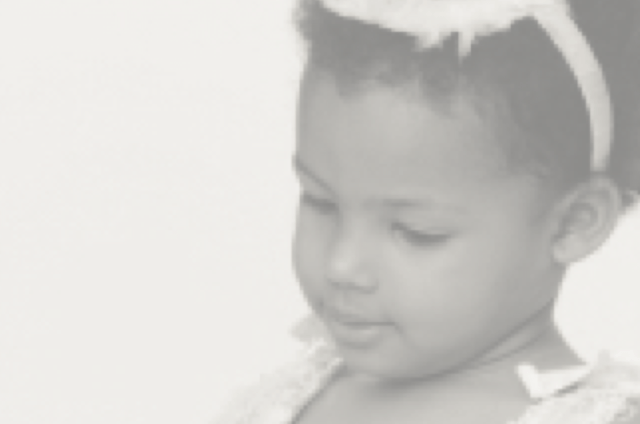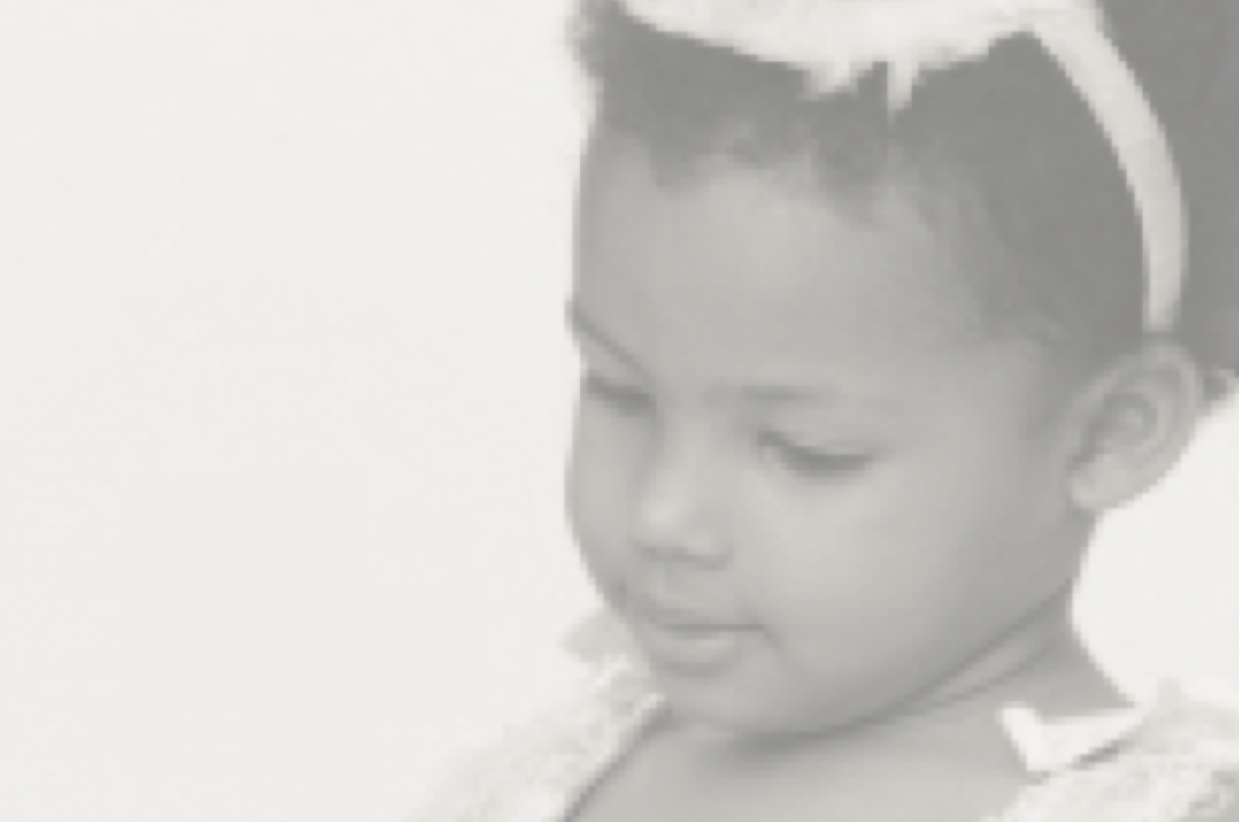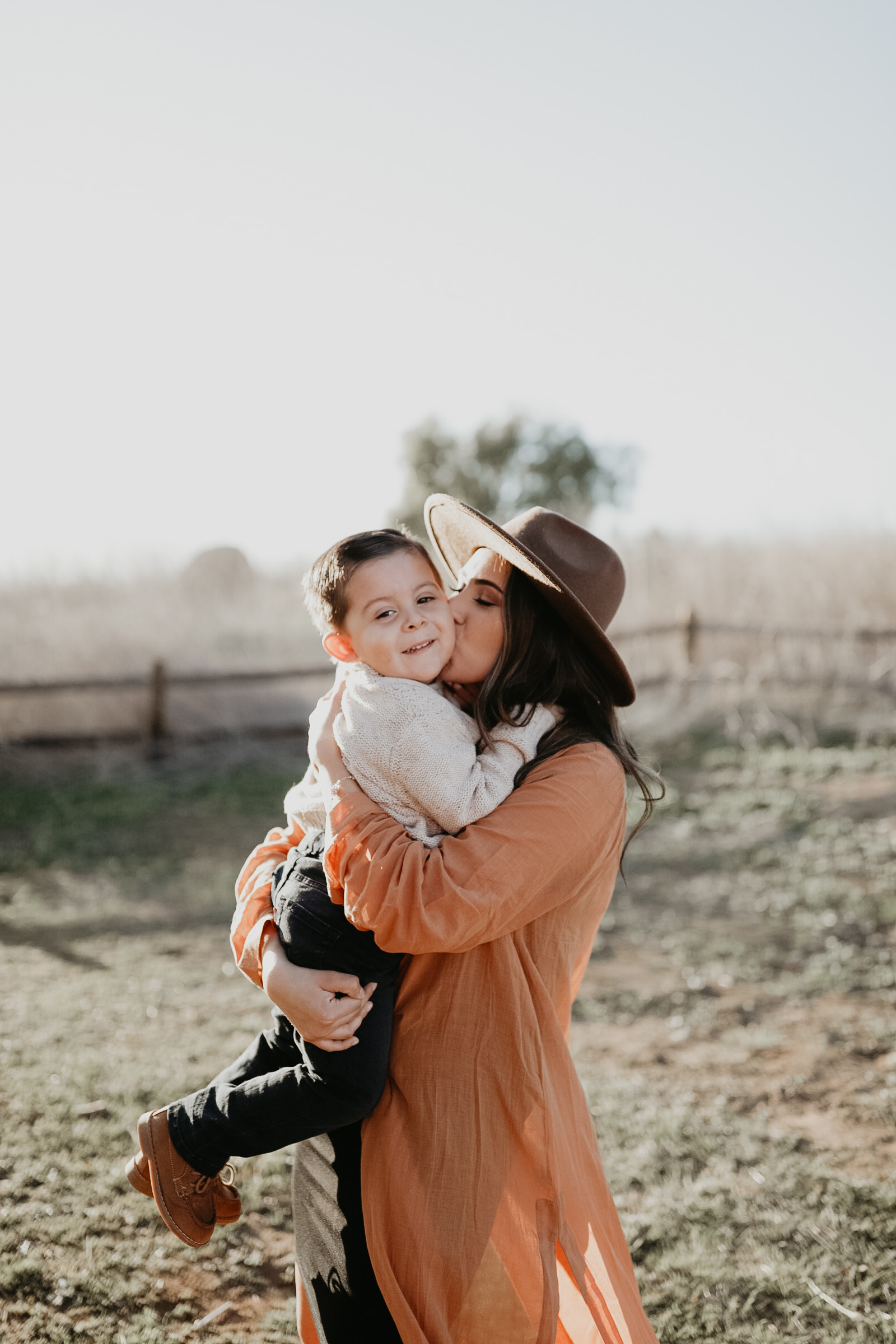
If you see me out in public you might think I’m the mom who has it all together, or the mom that’s a hot mess. There is no in-between.
Outing’s with my son look like watching two people play on a teeter-totter. Sometimes we’re high, other times were low.
My son Kanen will be 3 next month. He loves scripting scenes from Toy Story and lining up his favorite Disney cars. He also has severe autism.
Kanen has always been difficult to please since he was a baby. I always say he’s a “my way or the highway” kinda kid. His determination and perseverance are inspiring. But it also can be very exhausting at times.
Lately going out with him in the community is becoming more difficult. And it’s to no one’s fault. But mainly I think I’m surrounded by a community whose lives are rarely touched by autism.
If you don’t know it, live it, or have been exposed to it, meltdowns or sensory overloads might look like an epic tantrum to some people.
And if we’re being honest, I would’ve thought the same before I had my son. I would’ve been the mom that gazed or starred. I would’ve been the mom that quietly whispered to her partner “I would never let our children act like that.” I would’ve been the mom who did not understand autism.
So I don’t blame them when they do.
But for a while, the stares, and whispers really got to me. A lot of the time, they still do. They sting.
You see the thing about autism there is no one look fits all. It’s a neurological disorder. On the outside, my son looks like a charming little man, but on the inside, he struggles to function with the real world.
In a flash, autism will come storming through like an angry bull running the streets of Spain. There is no stopping it.
Right now Kanen looks like a bratty toddler during outbursts. And well me? I’m just “too patient of a mom” which is what I’ve been told many times before. I always laugh a little whenever I hear that.
I’m a mom who has to wear sneakers over booties, and lightweight clothing over fun accessories because I am constantly chasing him around. I’m a mom who has to give up her Louis Vuitton diaper bag for a crossbody bag because having little to nothing on me is crucial at the moment I need to carry him like a sack of potatoes. I’m a mom who’s learning to say no to outings that might require too many transitions for my son, even if that means missing out on family events.
I am a special needs mom.
If you see me out in public don’t think I’m the mom who has it all together, or the mom that’s a hot mess. I’m simply the mom doing her best.
